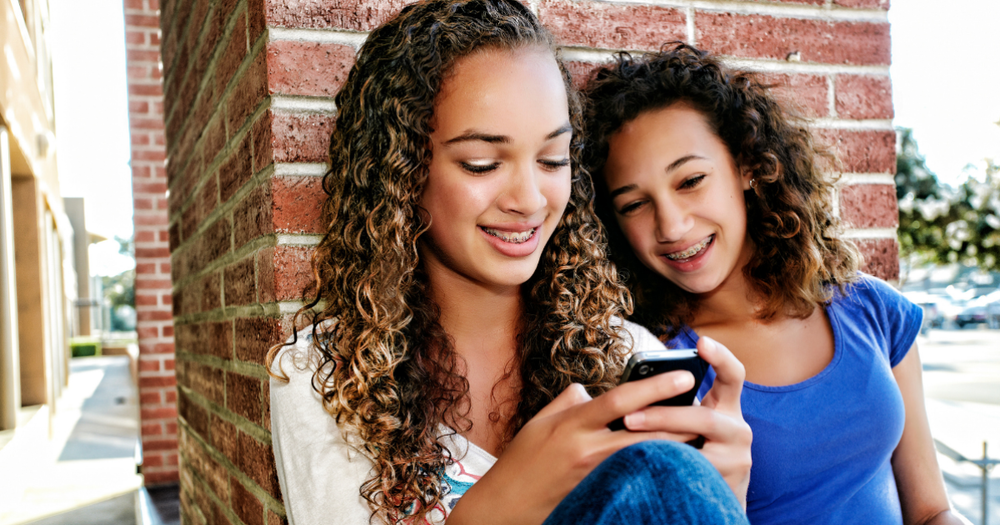Introduction
In today's digital age, social media is an integral part of students' lives. Instead of banning these platforms, educators can embrace them by teaching students how to be responsible digital citizens. This article outlines three effective strategies for integrating social media into the classroom, promoting positive online behavior, and empowering students to navigate the digital landscape safely and responsibly. By modeling good digital citizenship, educators can help students take the reins and use social media as a tool for learning and connection.
Key Features:
- Modeling Good Behavior: Educators can demonstrate appropriate online interactions and the importance of digital footprints.
- Empowering Students: By allowing students to engage with social media in a guided manner, they learn to make informed decisions.
- Practical Applications: The strategies discussed can be easily implemented in various educational settings, making them accessible for all educators.
Use Cases:
- Classroom Discussions: Use social media to facilitate discussions on current events or classroom topics.
- Project Collaboration: Encourage students to collaborate on projects using social media platforms, enhancing their teamwork skills.
- Digital Literacy Workshops: Host workshops that focus on navigating social media safely and understanding its impact on society.

